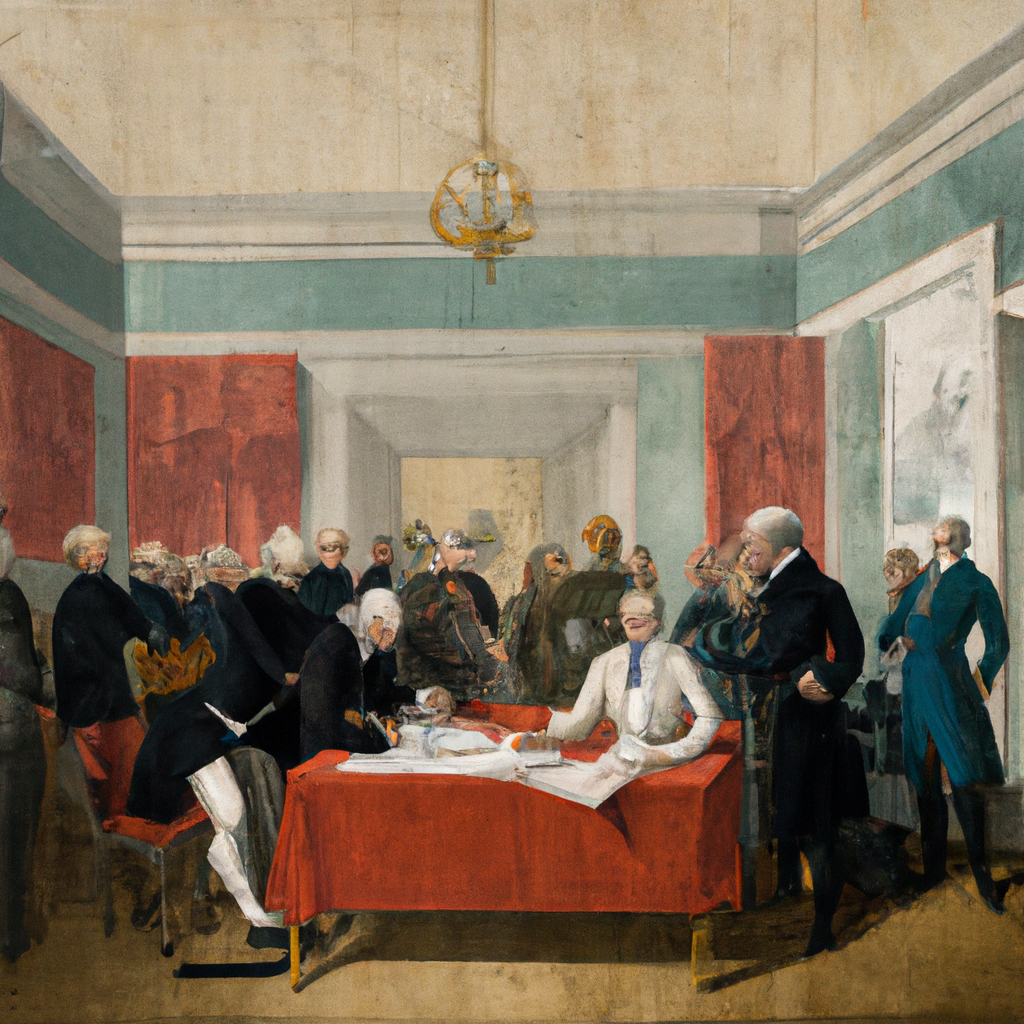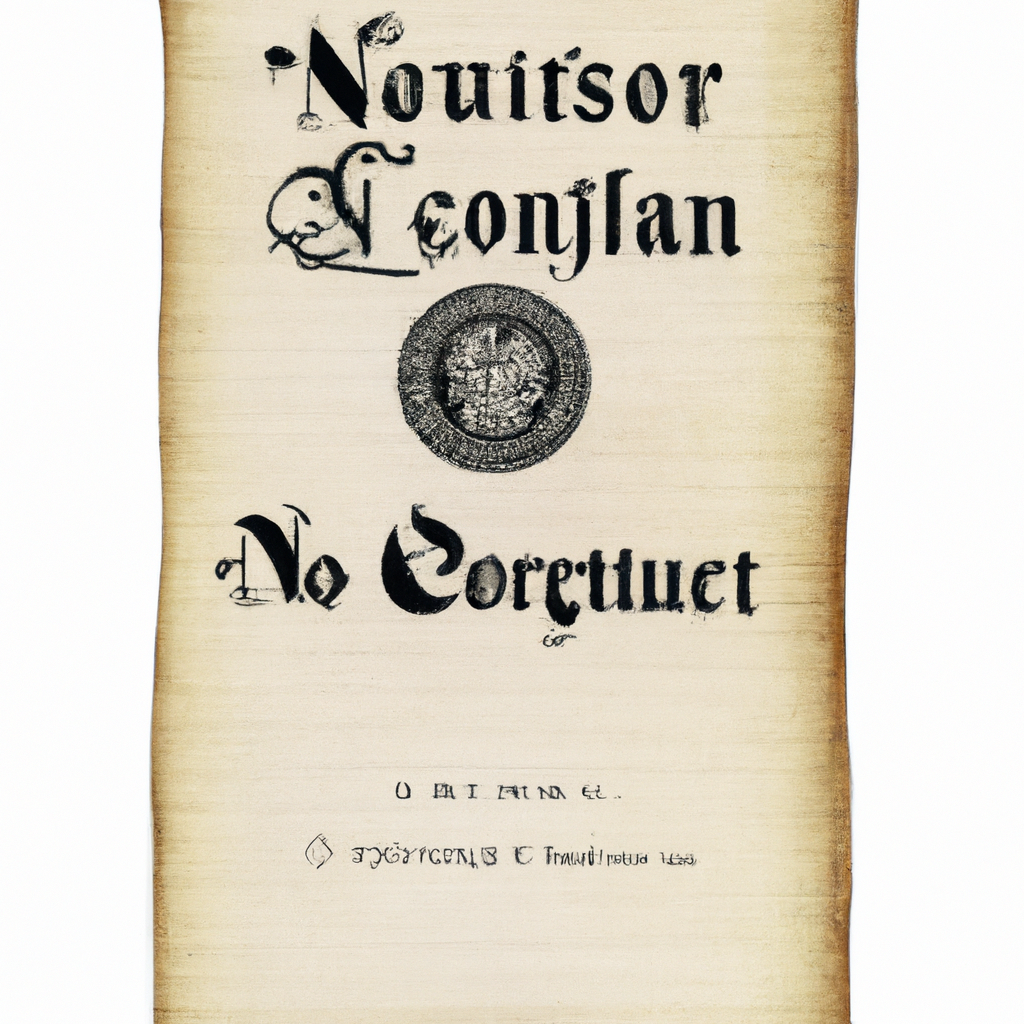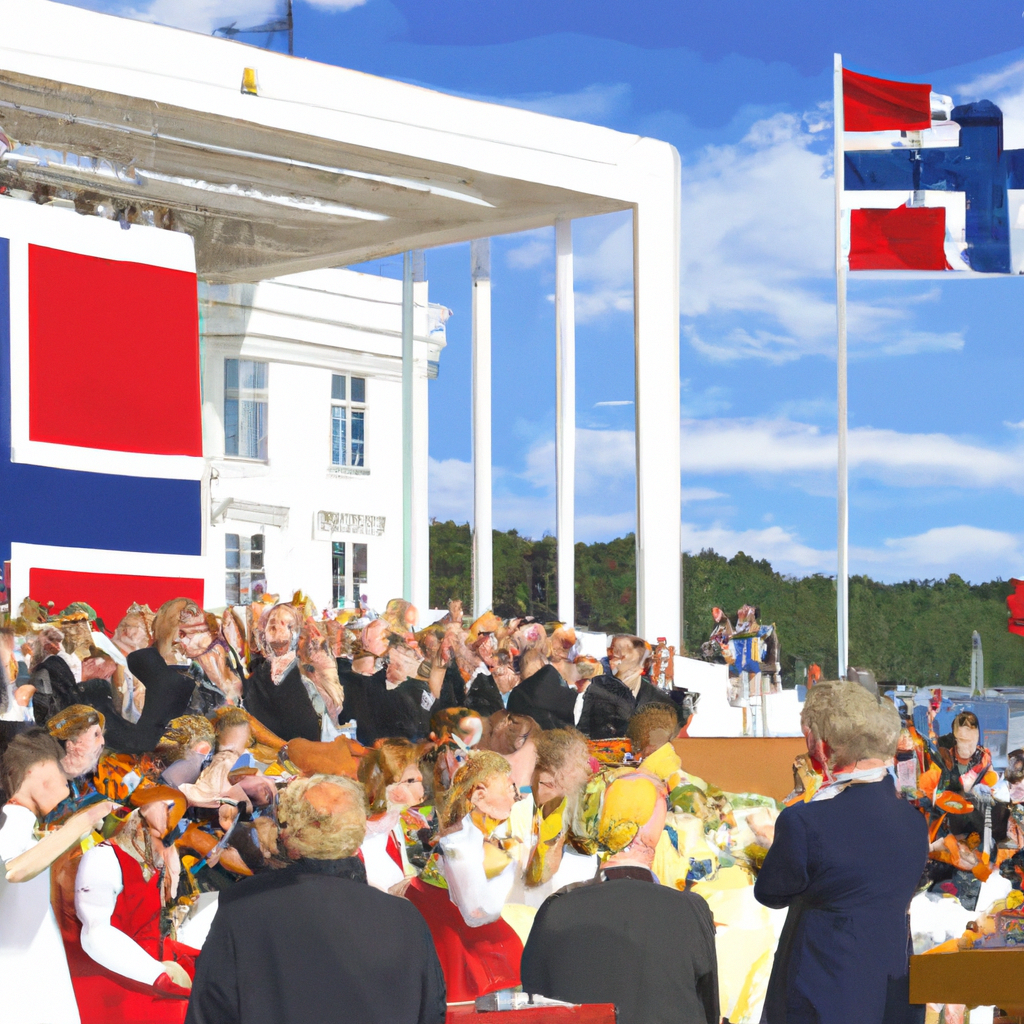The Norwegian Constitution: History, Celebrations, and Cultural Impact
The Norwegian Constitution: History, Celebrations, and Cultural Impact
The Norwegian Constitution, adopted on May 17, 1814, is one of the oldest constitutions in the world still in use. It marked a significant turning point in Norway’s history and has had a profound impact on the nation’s culture and identity.
History of the Norwegian Constitution
The Norwegian Constitution was signed at Eidsvoll, a small town north of Oslo, on May 17, 1814. This historic document established Norway as an independent kingdom, free from Danish rule. The constitution was heavily influenced by the American and French constitutions and aimed to ensure the separation of powers and protect individual freedoms.

Constitution Day Celebrations
Every year on May 17, Norwegians celebrate Constitution Day, known as ‘Syttende Mai’. This day is marked by nationwide festivities, including:
- Parades with children waving Norwegian flags
- Traditional folk costumes, known as ‘bunad’
- Public speeches and ceremonies
- Music, dancing, and communal meals
The celebrations are a vibrant display of national pride and unity, reflecting the importance of the constitution in Norwegian society.

Interesting Facts About the Norwegian Constitution
- It is the second oldest written constitution still in use, after the United States Constitution.
- The original constitution was written in just six weeks.
- It has undergone numerous amendments to adapt to modern times, including significant changes in 1884 that introduced parliamentarism.
- The constitution emphasizes human rights and democratic principles.

Changes and Modern Influence
Over the years, the Norwegian Constitution has been amended to reflect societal changes and evolving democratic values. Some notable amendments include:
- 1884: Introduction of parliamentarism, ensuring the government is accountable to the parliament.
- 1913: Granting women the right to vote.
- 1952: Abolishing the death penalty in peacetime.
- 2014: Strengthening human rights protections.
These changes have helped shape modern Norway, fostering a culture that values equality, democracy, and human rights.
Cultural Impact of the Constitution
The Norwegian Constitution has had a lasting impact on the country’s culture. It has instilled a strong sense of national identity and pride. The annual Constitution Day celebrations are a testament to the enduring significance of the constitution in Norwegian life. Moreover, the principles enshrined in the constitution continue to guide Norway’s political and social development.

In conclusion, the Norwegian Constitution is not just a historical document; it is a living symbol of Norway’s commitment to democracy, freedom, and human rights. Its influence on Norwegian culture and society is profound, making it a cornerstone of the nation’s identity.
- Norwegian Myths in Modern Media: From Literature to Video Games - August 20, 2024
- Urban Farming in Norway: Green Spaces in the Heart of the City - August 14, 2024
- Norwegian Legends: The Enigmatic Sea Serpent of Seljord - August 13, 2024


